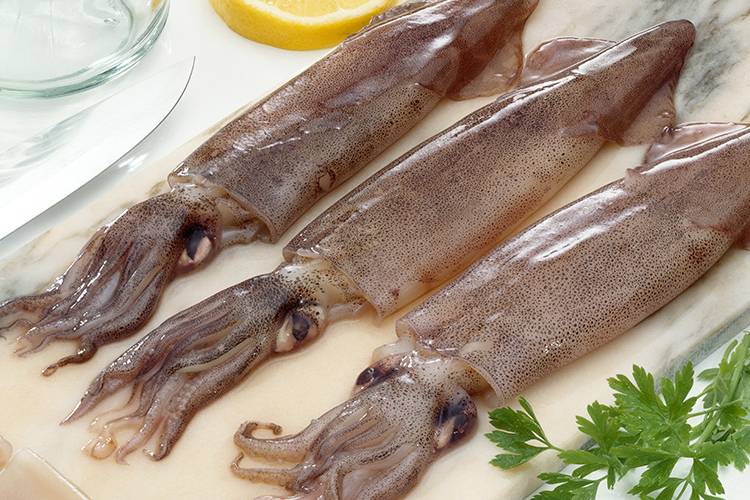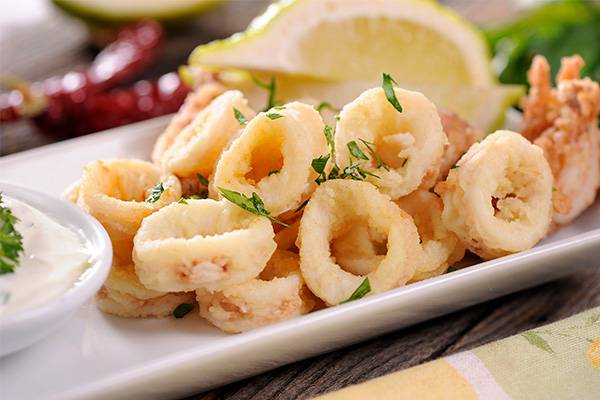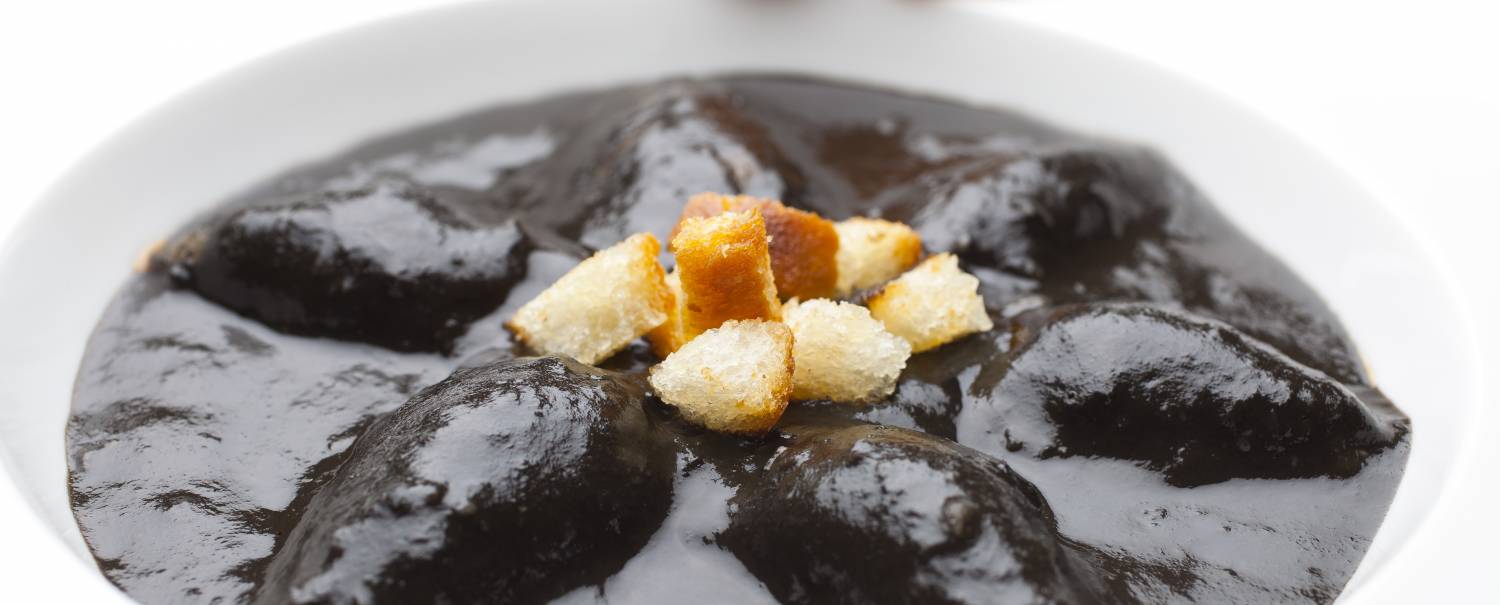Pota, squid and cuttlefish: what is the difference?
These are three common products that we find in the fishmongers or in the frozen foods section, but sometimes, it can be confusing to distinguish between the three mollusc cephalopods: pota, squid and cuttlefish. Here, we explain the main characteristics of each one.
fresh food
Share

Pota or jumbo squid
These are cephalopods with long, thin bodies and with triangular wings which are joined at the end, giving them a rhomboidal shape. They have a wing length of approximately a third of their total body length, a characteristic which differentiates them from the other cephalopods.
Before cleaning, their body colour is characterised by reddish tones with small violet and purple marks. Various species are classed as Pota, although these are differentiated by morphology and origin, as for example, the Argentine pota or the Pacific pota (a larger species mainly distributed along the coasts of Peru and Mexico).
They can be found at great depths and migrate to the coast during their reproductive cycle. As for their nutritional qualities, they are like the squid and are a source of protein of high biological value and have a low fat content.
Squid
Squid is a popular food item in different parts of the world, and squid in batter is a common dish in many regions of Spain. The most common way to prepare it is to cut it into rings or into sticks, like the traditional ‘rabas’. It is also common to grill them, stuff them or cook them in their ink. The tentacles and ink are edible. They have a very characteristic taste which is well-liked.
Squid in batter is a common dish in many regions of Spain

The smaller, younger squid are called ‘chipirón’ (baby squid). The average length of a squid is around 15-25 centimetres, but it can reach up to 30-40 centimetres. In general, it can be found in shallow waters, although some also inhabit deeper waters. The common squid is distributed throughout the Atlantic, from the Norwegian coast to the Canary Islands and along the western coast of the Mediterranean. They are fished throughout the year.
As before, there are different types of squid according to their morphology and origin.
Sepia
Sepia is another type of mollusc belonging to the cephalopod group. It is a very popular element of the Mediterranean diet and is much used in Asian cookery. It is around 20 centimetres in length and lives in coastal depths where there is plenty of seaweed. It has an oval-shaped body which is grey-being in colour with reflective mauve sections. Similarly to the other cephalopods, it has an ink sack inside its body. It lives in the Atlantic and Mediterranean, particularly around the Canary Islands.
Sepia is a food source which is rich in iodine. It contains proteins of high biological value and essential amino acids. It is also low in fat. For example, 100 grams of sepia contains hardly 0.90 grams of fat and only 75.30 kilocalories. Among its nutrients, one can find vitamins B3, E and B12.
From the sea to your table.
Sepia stuffed with potatoes and pine nuts

More recipes can be found in the planner
Read more
More recipes can be found in the planner






